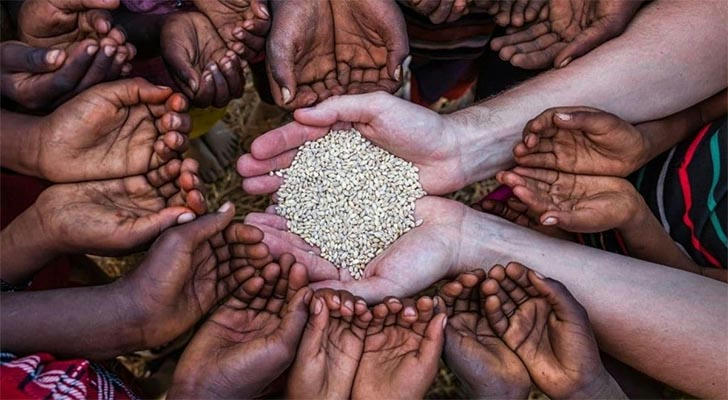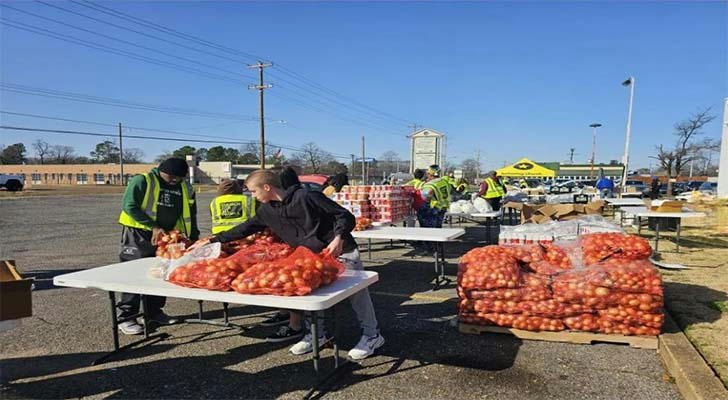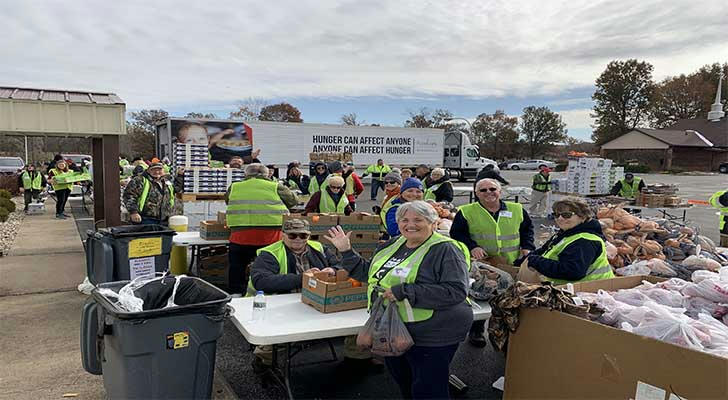Global Perspective: How Do Different Countries Address Food Aid Issues?

Food insecurity remains a critical challenge across the world, affecting both developing and developed nations. The United Nations’ State of Food Security and Nutrition in the World 2023 report estimates that 735 million people globally were undernourished in 2022, a sharp increase from pre-pandemic levels. To address this multifaceted issue, countries have implemented a range of food aid strategies, shaped by political structures, economic capabilities, and cultural contexts. This article examines five national approaches to food aid—focusing on implementation mechanisms, measurable outcomes, and evidence-based practices—to identify effective global models.
United States: A Federally-Managed, Data-Driven System
The U.S. operates one of the world’s most expansive food assistance systems. The Supplemental Nutrition Assistance Program (SNAP) served approximately 42 million individuals in 2023, according to the U.S. Department of Agriculture (USDA, 2024).
Implementation Steps:
1.Eligibility is determined based on income and asset thresholds aligned with federal poverty guidelines.
2.Benefits are distributed via Electronic Benefit Transfer (EBT) cards, usable at over 250,000 authorized retailers.
3.Retail participation is governed by USDA standards, including nutritional stocking requirements.
4.Administrative oversight includes monthly reporting, fraud detection algorithms, and state-level audits.
Additional programs such as the National School Lunch Program (NSLP) and Women, Infants, and Children (WIC) target child and maternal nutrition. While these programs provide coverage across all 50 states, critiques often focus on bureaucratic complexity and gaps in access among undocumented populations and rural communities (Urban Institute, 2023).
Brazil: Local Procurement and School-Based Distribution
Brazil's innovative food aid policy emerged in the early 2000s under the Fome Zero (Zero Hunger) initiative. The cornerstone of this effort, the National School Feeding Program (PNAE), reached over 40 million students by 2022 (FAO, 2023).
Implementation Steps:
1.At least 30% of school meal ingredients must be purchased from local family farms, per federal mandate.
2.Each school employs a licensed nutritionist to design balanced menus using locally available produce.
3.Funds are transferred directly from the federal government to municipal education departments, which handle procurement.
4.Local oversight committees (CAEs), composed of parents and teachers, monitor quality and delivery.
According to a 2022 FAO evaluation, this approach improved dietary diversity in low-income regions and provided stable income to over 120,000 smallholder farming families. However, recent federal budget reductions have constrained the program's reach in some rural areas.
India: Rights-Based Legislation and Infrastructure-Heavy Delivery
India’s National Food Security Act (NFSA) of 2013 entitles approximately 800 million people to subsidized food grains through the Public Distribution System (PDS).
Implementation Steps:
1.Households are categorized into Priority and Antyodaya groups using the Socio-Economic and Caste Census (SECC) database.
2.Beneficiaries receive monthly allocations of 5 kg of rice, wheat, or coarse grains per person at fixed prices.
3.Distribution occurs via over 500,000 Fair Price Shops, regulated by state governments.
4.Integration with Aadhaar biometric identification helps reduce duplication and leakage.
5.Real-time online dashboards monitor grain allocation and delivery at each warehouse and shop.
The Comptroller and Auditor General of India (CAG) reported in 2021 that the digital overhaul of PDS systems in 25 out of 36 states has reduced leakages by over 30%, though regional disparities remain.

Japan: Private-Sector Partnerships and Waste Reduction
Japan's approach focuses less on broad entitlements and more on targeted, logistics-focused assistance. Organizations such as Second Harvest Japan, the country’s largest food bank, play a key role in bridging food waste and hunger.
Implementation Steps:
1.Surplus food is donated by retailers, farms, and manufacturers via long-term agreements.
2.Food is stored and sorted in centralized warehouses for quality control.
3.Nonprofits and social welfare centers submit digital requests via a matching system, often fulfilled within 24–48 hours.
4.The Ministry of Agriculture, Forestry and Fisheries (MAFF) supports this ecosystem through policy guidance under the Food Loss Reduction Promotion Act (2019).
According to Second Harvest Japan’s 2022 Impact Report, over 5,300 tons of edible food were redistributed to more than 400 organizations, serving vulnerable groups such as elderly individuals living alone and single-parent households. Cultural attitudes toward food waste reduction—emphasized through public campaigns—further support this model.
Ethiopia: Labor-Based Transfers with Community Development
Ethiopia’s Productive Safety Net Programme (PSNP), launched in 2005, targets chronic food insecurity in rural communities. By 2022, it reached approximately 8.1 million people (World Bank, 2023).
Implementation Steps:
1.Local village councils (kebeles) identify food-insecure households through standardized vulnerability assessments.
2.Able-bodied recipients participate in public works—including irrigation, reforestation, and road repair—in exchange for seasonal food or cash support.
3.Direct transfers are provided to households unable to work, such as those led by elderly or disabled members.
4.Payments are calibrated based on regional food prices, updated quarterly to ensure local purchasing power.
5.The program is supported by a national digital registry, used to prevent duplicate enrollments and track compliance.
Evaluations from the International Food Policy Research Institute (IFPRI) show that PSNP households experience higher dietary diversity and reduced distress asset sales compared to non-participants. The model also supports long-term climate resilience through investment in ecological infrastructure.

Key Takeaways and Evidence-Based Recommendations
An analysis of these five national strategies reveals several commonalities that contribute to program success:
| Element | Example Programs | Supporting Evidence |
|---|---|---|
| Digital Identification | SNAP (U.S.), PDS (India) | Reduces fraud and improves targeting (Urban Institute, 2023; CAG India, 2021) |
| Local Procurement | PNAE (Brazil), PSNP (Ethiopia) | Enhances local economies (FAO, 2023; IFPRI, 2022) |
| Private Partnerships | Japan’s food banks | Improves efficiency and reduces waste (Second Harvest, 2022) |
| Community Participation | Ethiopia, Brazil | Increases accountability and local ownership (World Bank, 2023) |
| Legally Enforceable Rights | India’s NFSA | Ensures consistent access across regions (UNICEF-NITI Aayog, 2022) |
Conclusion
While food aid remains context-specific, successful national programs are marked by strong institutional frameworks, adaptive delivery mechanisms, and multi-stakeholder collaboration. Whether through government infrastructure, NGO networks, or private sector partnerships, effective food aid strategies rely on accurate targeting, community trust, and sustained funding. As global disruptions continue to affect food systems—from climate events to political instability—international policy coordination and knowledge sharing will be essential to achieving the goals of SDG 2: Zero Hunger.
References (selected)
• FAO. (2023). State of Food Security and Nutrition in the World.
• USDA. (2024). SNAP Participation Report.
• CAG India. (2021). Performance Audit of PDS.
• IFPRI. (2022). Impact Evaluation of Ethiopia’s PSNP.
• Urban Institute. (2023). Access Barriers in U.S. Nutrition Programs.
• Second Harvest Japan. (2022). Impact Summary.
• World Bank. (2023). Ethiopia PSNP Review.
• UNICEF & NITI Aayog. (2022). Mid-Day Meal Scheme Outcomes.
